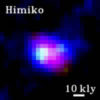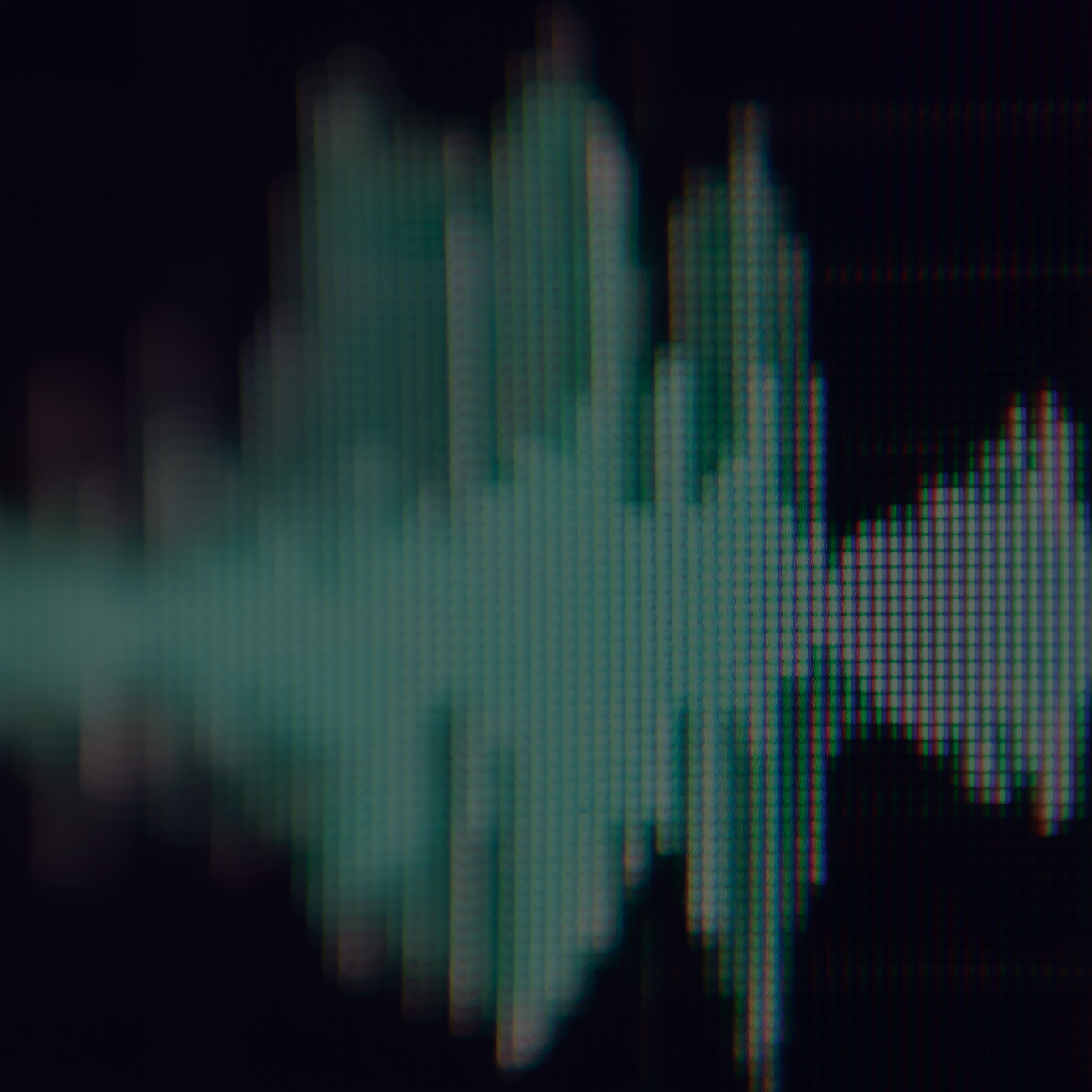Analysis of S5E05: State Of Mind – Analogue Bass Re-Sampling
- This topic has 10 replies, 5 voices, and was last updated 6 years, 7 months ago by ,
 Neurojin.
Neurojin.
-
AuthorPosts
-
-
2017-11-10 at 21:43:17 #32837,
 HarryModerator
HarryModeratorTopics: bass, bass resampling, hardware, Kontakt, recording, sampling
Three part video going over State Of Mind’s process of recording analog gear, using a DAW & plugins for resampling what was made, and how they utilize the new patches.
Part 1
Stu goes over the process of recording gear, with the audio being the source of material to resample in part 2. Stu states this process is something SOM has been quite in to, and have been happy with the results so far. He says it is creating your own samples, and finds the process freeing to just have sessions of recording, outside of the pressures of working on a project / track.2:20 – sampling gear
– Moog Little Fatty signal going through guitar pedals, then through a compressor, in to computer’s soundcard.
– Creates a basic Reece patch on the Moog
– Signal then goes through a distortion pedal, not sure which.
– Also mentions a Memory Man pedal, which does a flange effect just on its own. Sound reminded me of Breakbeat Era’s musicPart 2
5:35 – resampling the sounds created by Stu
– Patrick is covering this part, in Cubase
– He has a basic beat playing, just for getting bass usage ideas
– Loads Reece samples in to a new Kontakt patch.
7:20 – uses SPAN for tuning the samples
– Original sample was in key of G, tunes down 2 semitones to put it in key of F
– Did do some editing of the recordings, to create a bank of Reece bass samples
8:30 – setting loops in the Kontakt patch. SOM guys like having basses that have an attack, and then get to a portion that loops.
9:45 – adjust crossfading points at start & stop of the loop region
10:10 – adding a notch EQ to create another modulation movement
12:15 – changing the sound with unison & portamento
– Patrick touches on using a script in Kontakt to set this up. Did not catch full reason for it.
14:40 – talking about legato mode and how the loop works with legato enabled
16:30 – previewing the different reeces, but with the same Kontakt patch set up & processing
– Good for variationsPart 3
18:10 – mixing & edits with Stu
– Looking at a previous project, “Giant” on Eatbrain, from earlier this year
– Aim was for a rougher, punk influenced sound
19:45 – bass folder
– Use folders to help with workflow of projects
20:30 – main bass
– Originally MIDI triggering a soft synth, but bounced to audio for stability
– Still utilize automation to make adjustments to the audio
22:45 – duplicate of the main bass, but a bandpass for a tight band around 100 Hz.
– Felt the bass was missing something in that frequency area, so that is why this duplicate was made & processed differently
23:30 – using Panther VST for mid/side processing: https://www.bozdigitallabs.com/product/panther/
24:00 – looking at the bass leads
– Variations of the main bass, e.g. different filter movements, different loop points
27:15 – looking at the bass group
29:30 – subtle mid layer
30:15 – turn around / fill bass sounds
30:30 – quick look at the master bus—–
THOUGHTS & QUESTIONS
– Mentioned this after doing an analysis of one of State Of Mind’s tutorials from Season 1, I am curious how their workflow and processes have changed and/or developed since 2013/2014.– The practice of looping the bass sample, shown around 8:30, was wondering what the reasoning is for that technique. Also makes me want Kontakt, since my current sampler options are not as robust (EXS24, Alchemy, Bitwig’s sampler where I can’t zoom in on the waveform…).
– Decided to fire up the EMU the other night, ran some Serum patches in to it, then ran it through a crusty, OG Mackie CR1604 and back in to my soundcard. Here’s a couple for people to download if they want to play around with them:
https://soundcloud.com/r4ns0m/r4ns0m-serum-x-emu-x-mackie-bass
Download here: https://www.dropbox.com/s/g4825lrw5bc2462/R4NS0M_Serum%20x%20EMU%20x%20Mackie%20basses.zip?dl=0
"Knowledge kept is knowledge lost." - Bobbito Garcia
-
2017-11-14 at 15:03:19 #32880,
 atmosfearParticipant
atmosfearParticipantlovely samples mate ! I’ll be robing those and have a play with some of them. Did you make these in F note ?
-
2017-11-14 at 15:42:58 #32881,
 HarryModerator
HarryModeratorYeah, just went with F1 with all of them. Making it a point to fire up the EMU every day, get in the habit of doing something with it. Also turns out I was probably using the wrong cables with it & the EMU, extra noise in the signal from being unbalanced cables, so I updated those over the weekend and want to hear if it’s a big difference.
"Knowledge kept is knowledge lost." - Bobbito Garcia
-
2017-11-14 at 21:54:06 #32884,
 discodeParticipant
discodeParticipantThanks for the samples. These are stellar!
-
-
2017-11-17 at 02:26:57 #32902,
 HarryModerator
HarryModeratorBeen firing up the EMU 6400 Ultra every night for the past week, making it a point to do something with it, even if it’s just recording audio in to it for 5 minutes.
Last night realized how the non-multi modes worked, think I’ll get a lot of use out of the layered mode. So here’s another pass of basses through the EMU & Mackie, again in F1:
https://soundcloud.com/r4ns0m/r4ns0m-emuxhivexmackie-2017-nov-16
"Knowledge kept is knowledge lost." - Bobbito Garcia
-
2018-09-22 at 11:57:08 #52329,
 NeurojinParticipant
NeurojinParticipantHi, i have one question about this great tutorial. Ive just recorded my own sample. Its one long sample( about 1 min), when i experiment with different settings of waves, detuning etc. . Now i want to slice it into different waves files and normalize each of them to make a sample library. Is there an easy and fast way to do this? Or i have to slice and normalize each sample individually?
-
2018-09-22 at 18:48:10 #52347,
 HarryModerator
HarryModeratorThere’s probably several ways to do this, mainly need an audio editor that can do batch processing. I use Adobe Audition, and it has a batch editor. For a long file I’d probably have to set markers or slice points, and then have the batch processor export each slice as a new audio file, as well as normalize each.
Depending on your DAW, there might be options. In Logic, I have a hot key that slices an audio file at each transient marker. In Ableton there is probably a function that slices at each transient or warp marker?
"Knowledge kept is knowledge lost." - Bobbito Garcia
-
-
2018-09-23 at 17:31:21 #52384,
 NeurojinParticipant
NeurojinParticipantI use Bitwig, its similar to Ableton. There is an option “slice to multisample”. Its great, however audio is sliced inside sampler, i can play it, but to export i need to dublicate it for each note, and play it each time. So faster is slice it manualy and just copy to new track.
About normalization, i found its very easy in audacity, so now i do it there.
-
2018-09-23 at 19:36:38 #52387,
 HarryModerator
HarryModeratorI use Bitwig, its similar to Ableton. There is an option “slice to multisample”. Its great, however audio is sliced inside sampler, i can play it, but to export i need to dublicate it for each note, and play it each time. So faster is slice it manualy and just copy to new track.
About normalization, i found its very easy in audacity, so now i do it there.
Oh cool, I mainly use Bitwig too! You can slice an audio file in its clip, you just open it in the bottom window, and select Slice at Onsets. It’s a little funky, as you still have the clip, but you can mute out parts in it, or slice the top bar and make it in to individual clips. Still kind of working my way out, but that’s how I’ve been doing it lately.
"Knowledge kept is knowledge lost." - Bobbito Garcia
-
2018-09-24 at 04:08:22 #52400,
 shrikeParticipant
shrikeParticipantHelium Audio Splitter + Advanced Renamer
This combo can take hours of audio and slice it up into however many bits you’d like, the renamer is just to keep things coherent
_-| get to work |-_
-
2018-09-26 at 10:32:44 #52487,
 NeurojinParticipant
NeurojinParticipantThatks, thats what i was looking for
-
-
AuthorPosts
- You must be logged in to reply to this topic.




